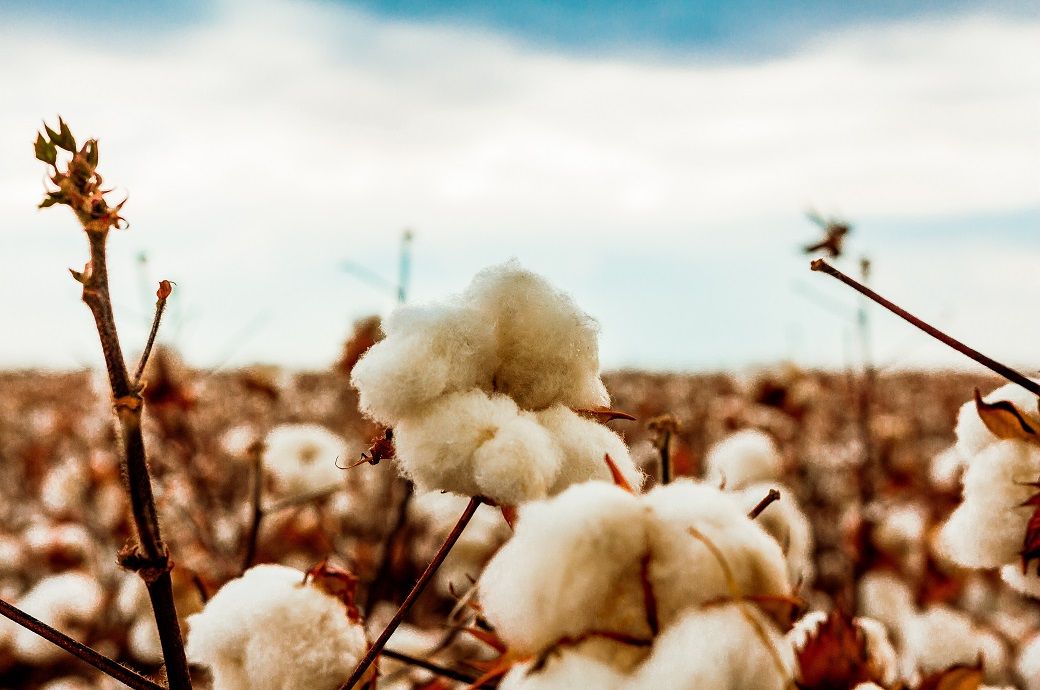
In reaction to this, several sellers retreated from the national spot market, hoping for prices to rise before they engage in new transactions. Harvesting operations progressed as the market lay low, with a significant reduction in wholesale dealings due to low purchasing volumes, which have been attributed to the slow sales of finished products, CEPEA said in its latest fortnightly report on the Brazilian cotton market.
The CEPEA/ESALQ Index, a measure of cotton prices in Brazil, dropped by 12.51 per cent in June. However, it has since increased by 5.77 per cent between June 30 and July 14, closing at BRL 3.8061 per pound on July 14. Despite the increase, domestic cotton prices in the first half of July still averaged 3.9 per cent lower than the export parity value.
Future trading trends suggest increased liquidity for exports. Occasional sales of the 2021-22 crop were recorded in the first half of July, while liquidity is expected to rise for the 2022-23 and 2023-24 seasons. Prices were set or based on the ICE Futures Index.
ALCHEMPro News Desk (KD)
Receive daily prices and market insights straight to your inbox. Subscribe to AlchemPro Weekly!